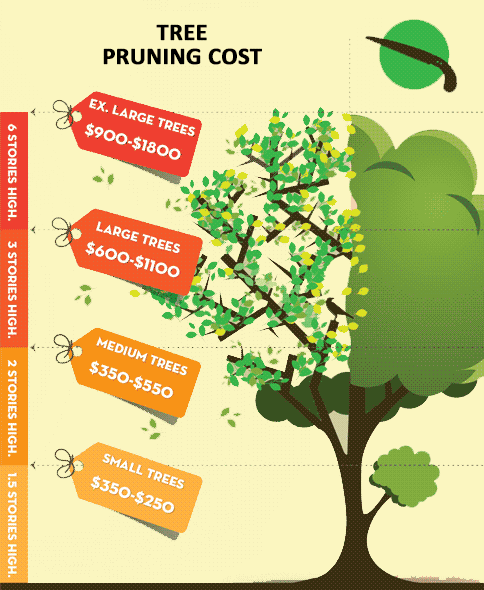Indicators That Tree Removal Is Necessary: Recognizing Dangerous Trees
Indicators That Tree Removal Is Necessary: Recognizing Dangerous Trees
Blog Article
Content Produce By-Vogel Goodman
When it pertains to tree treatment, acknowledging the indicators that it's time for elimination is important for your safety and residential or commercial property. You could observe discolored leaves, wilting branches, or odd fungal growths indicating health problems. Structural concerns, like a significant lean or fractures in the trunk, can also pose threats. Recognizing Pruning Plum Trees can help you make informed choices regarding your trees and stop potential hazards lurking in your backyard. What should you try to find following?
Indicators of Decay and Illness
When you observe indications of decay and illness in your trees, it's vital to act promptly. Search for stained leaves, wilting branches, or uncommon developments like fungi. These can indicate that your tree is struggling.
If you see fractures in the bark or soft, mushy timber, these symptoms recommend interior degeneration. In addition, an abrupt increase in parasites around your tree can indicate that it's compromised and susceptible.
Check for any kind of dead or passing away arm or legs, as they present a threat to your residential or commercial property and safety and security. If you're uncertain concerning what you see, seeking advice from an arborist can provide clearness.
Addressing these indicators early can save you from much more substantial damage and make certain the health of your lawn. Do not wait till it's too late.
Structural Instability and Leaning
As you observe your trees, watch out for any signs of structural instability or leaning. If a tree leans dramatically, it may show that the root system is endangered.
Seek any type of fractures in the trunk or soil around the base; these can signify potential failing. In addition, look for unusual development patterns, like an unbalanced crown, which might suggest that the tree is having a hard time to hold itself upright.
If you observe that the tree favors your home, power lines, or other frameworks, it poses a higher risk. Do not ignore these indicators-- consult an arborist to analyze the circumstance.
Taking action early can prevent costly damages and guarantee your security.
Dead or Dying Branches and Foliage
If you discover dead or passing away branches and foliage on your tree, it's a clear indication that something's incorrect.
These unhealthy areas can indicate underlying concerns like condition, parasite infestations, or ecological stress. When branches shed their leaves or turn brownish, they're no more adding to the tree's wellness. Neglecting When To Trim A Maple Tree could result in more decline, making your tree more unsafe.
Dead branches can easily break short throughout storms, posing a danger to property and people nearby. It's essential to evaluate the degree of the damage.
If the issue affects a substantial part of the tree, consider seeking advice from a professional. They can help figure out if elimination is required to ensure safety and maintain the beauty of your landscape.
Final thought
If you observe any type of indications of degeneration, structural instability, or dead branches on your trees, do not disregard them. These indicators can posture serious safety dangers to you and your residential property. It's constantly best to speak with an expert arborist who can provide an expert evaluation of your trees. Acting early can stop accidents and expensive damage, ensuring your landscape continues to be safe and healthy. Keep in mind, it's much better to be positive about tree care than to wait on a catastrophe to happen.
